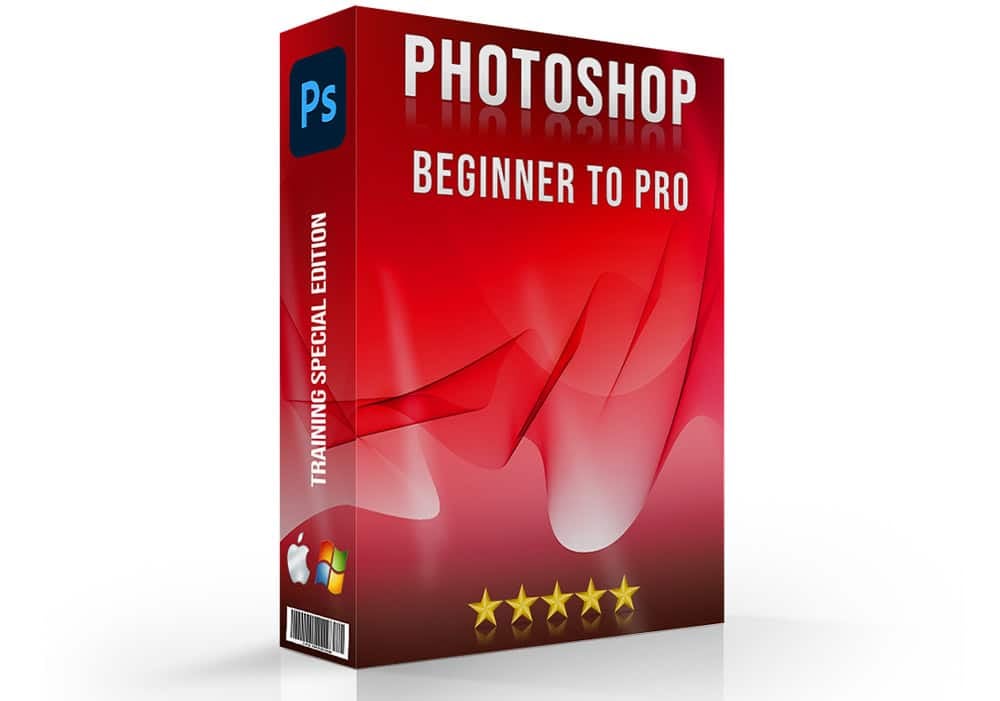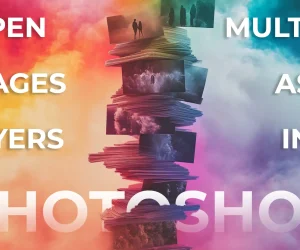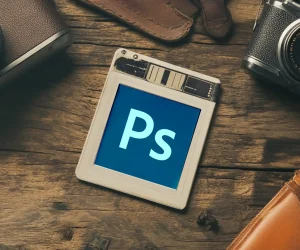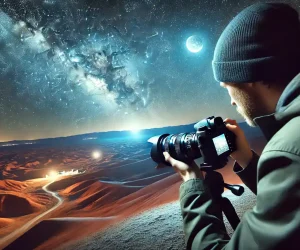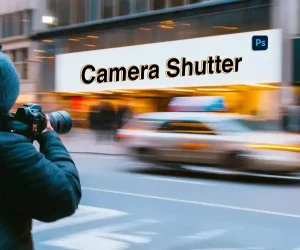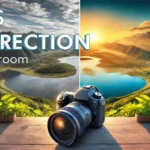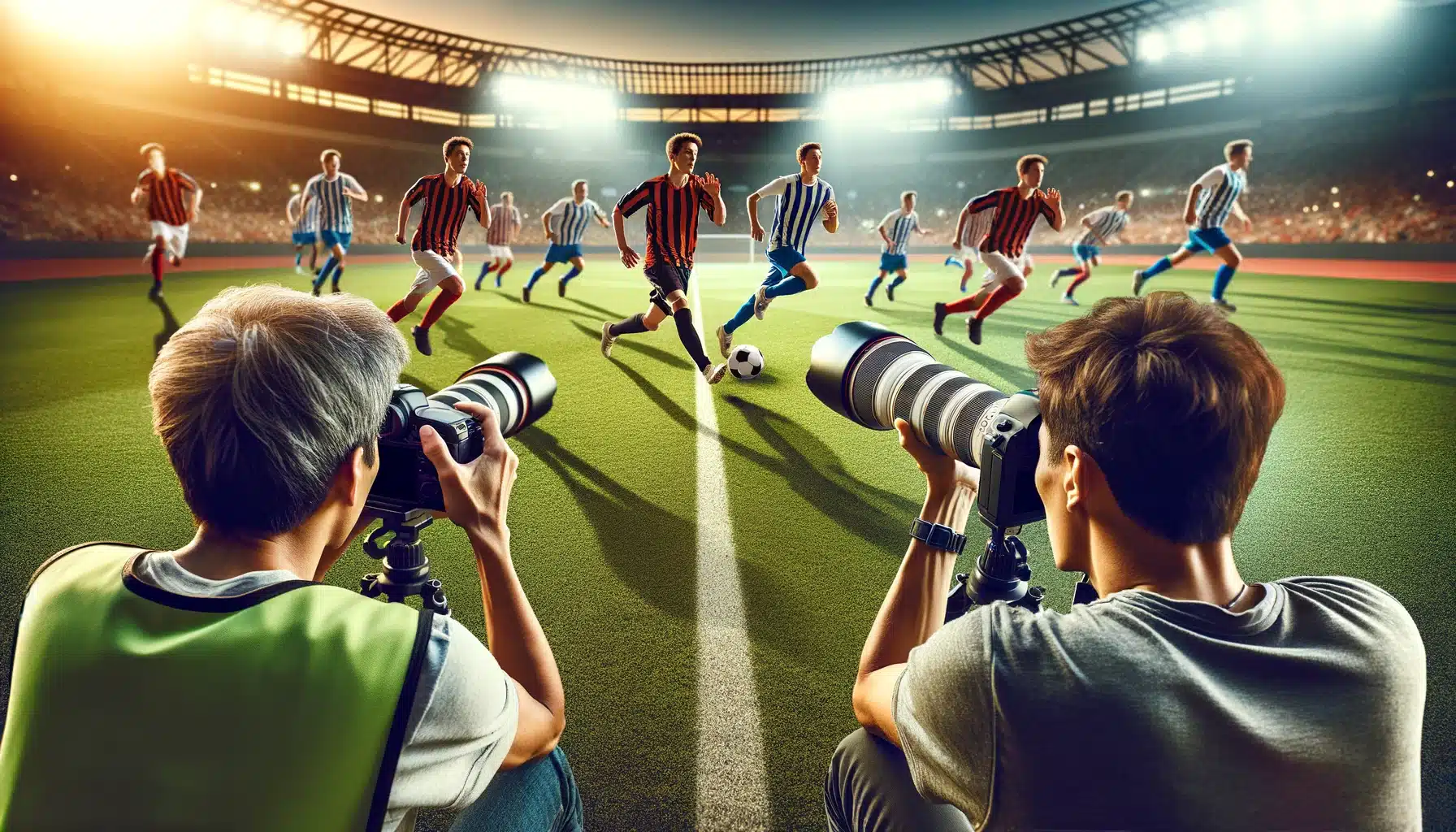
Introduction to Sports Photography
Sports photography captures the thrilling moments of sports events, from breathtaking soccer goals to fast-paced basketball dunks. If you’ve ever watched a game and wished you could freeze a perfect moment, sports photography lets you do just that. For example, consider a photographer at a local marathon, who captures the exact second a runner crosses the finish line with a look of triumph. This image not only preserves a moment of personal victory but also inspires others. So, learn the sports photography tips from the experts and capture perfect shots.
Learning how to do sports photography involves understanding the right techniques, equipment, and settings to use. You can edit your professional sports photographs in Adobe Photoshop for better results. Whether you’re a beginner aiming to improve your skills or a seasoned photographer looking to specialize in sports, this guide will help you.
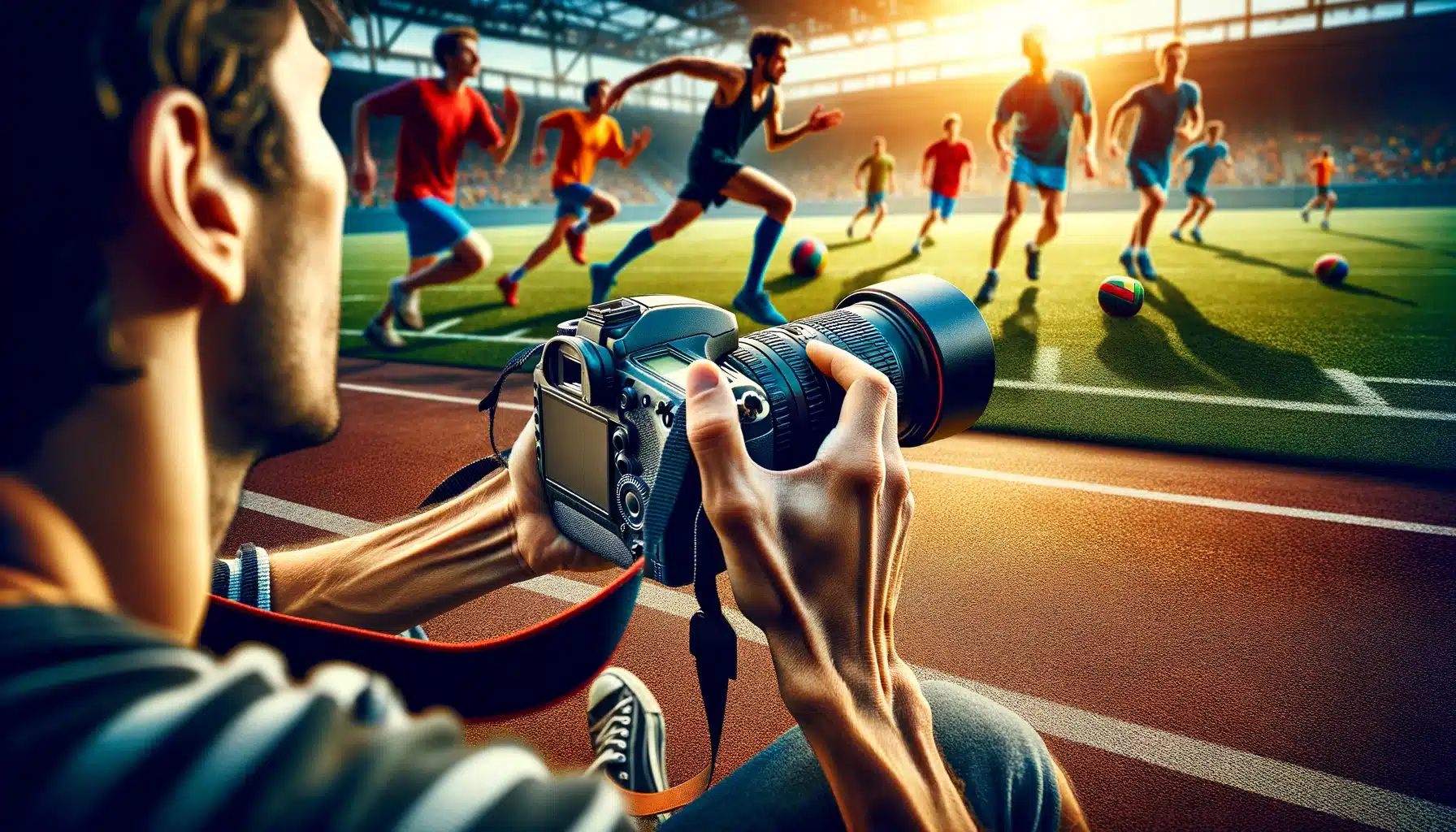
Table of Contents
Getting Started in Sports Photography
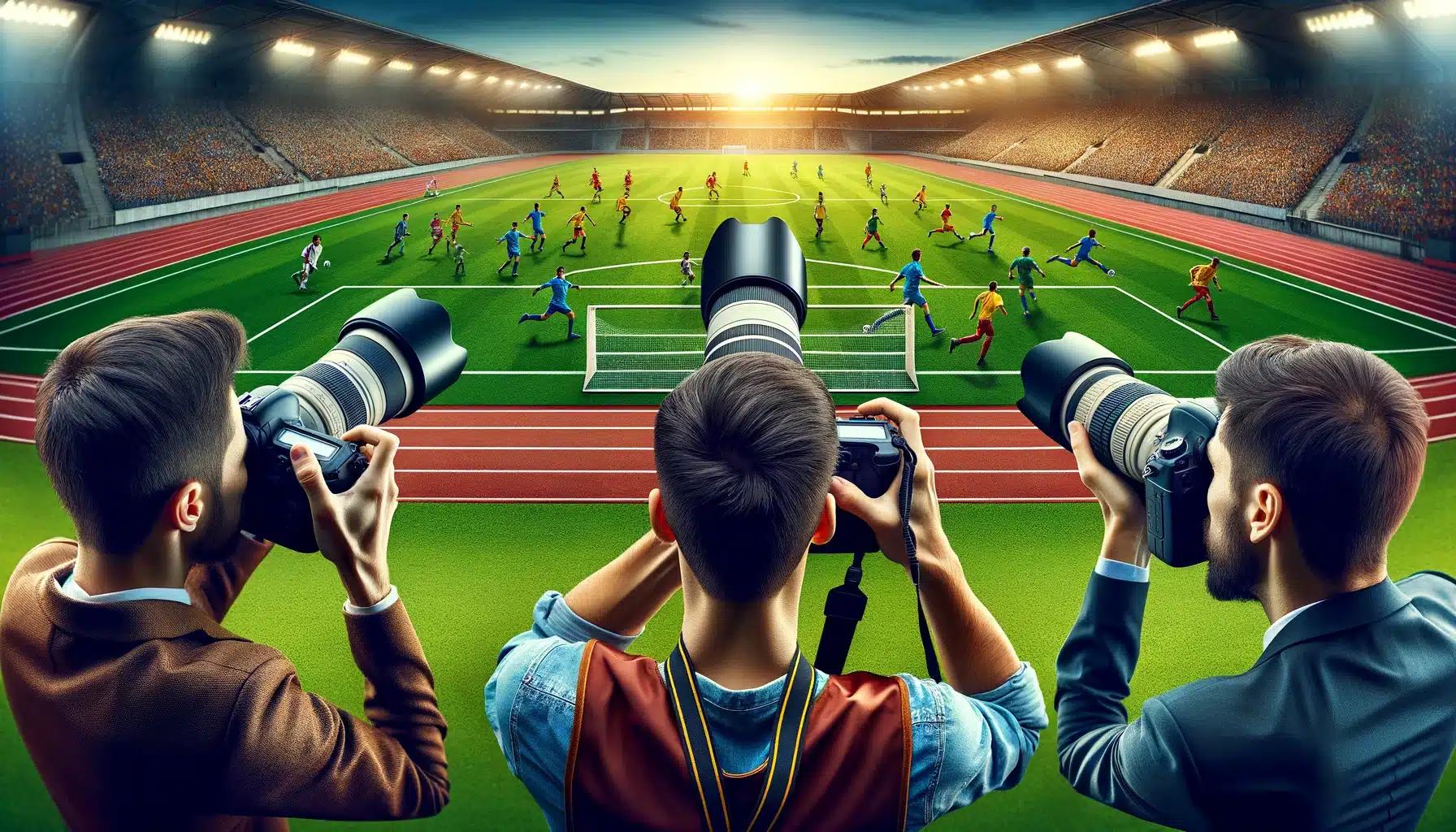
Choose Your Sport
Start by selecting a sport you’re passionate about. Whether it’s football, basketball, or something less mainstream like ultimate frisbee, your interest will keep you motivated. When you care about the sport, you’ll find it easier to anticipate key moments, which is crucial for capturing great shots.
Learn the Rules
Understanding the rules of the sport can greatly improve your photography. Knowing what’s likely to happen next means you can position yourself better and be ready to capture the action. For example, if you know a soccer player is about to take a penalty kick, you can focus your camera on the goal for a potential scoring shot.
Get the Right Equipment
While you don’t need the most expensive gear, having the right equipment is essential. A camera with a fast autofocus and the ability to shoot in bursts is ideal. Additionally, a lens that can zoom in without losing clarity will help you capture close-up action from the sidelines.
Practice at Local Events
Start small by attending local sports events where you can practice your skills without too much pressure. These venues are usually less restrictive and offer various opportunities to experiment with angles and settings. Plus, you’ll build a portfolio that you can use to showcase your work.
Study Professional Work
Look at professional sports photographs to understand what makes them stand out. Notice the composition, timing, and emotion captured. Learning from professionals can inspire your own style and improve your ability to capture compelling images.
Pro Tip: Learn how to utilize Photoshop’s actions even further enhance your capabilities.
Choosing the Right Camera for Sports Photography
When diving into sports photography, selecting the right camera is crucial. A good sports photography camera can handle fast action and varying light conditions, ensuring you never miss a moment. Below is a simple table comparing different camera features that are important for sports photography. This table will help you understand what to look for when choosing your equipment.
Choosing the right camera involves looking for features that enhance its performance in fast-paced environments. Features like rapid autofocus and a high burst rate are essential for capturing every second of the action. Good ISO performance ensures your photos are clear even under stadium lights or in less-than-ideal weather conditions. Additionally, long battery life and weather sealing add convenience and durability, letting you shoot longer and in diverse conditions.
| Feature | Importance | Ideal Specs | Benefit |
|---|---|---|---|
| Autofocus Speed | High | Fast and reliable | Captures sharp images quickly |
| Burst Rate | Critical | High frames per second | Allows for multiple shots in quick succession |
| ISO Performance | Very Important | High ISO capabilities | Performs well in low light conditions |
| Battery Life | Important | Long-lasting | Reduces the need to change batteries frequently |
| Weather Sealing | Desirable | Durable and weather-resistant | Suitable for outdoor sports in various conditions |
Consider these sports photography tips when picking your camera to ensure it meets the demands of sports photography and matches your specific needs and shooting style.
Essential Equipment for Sports Photography
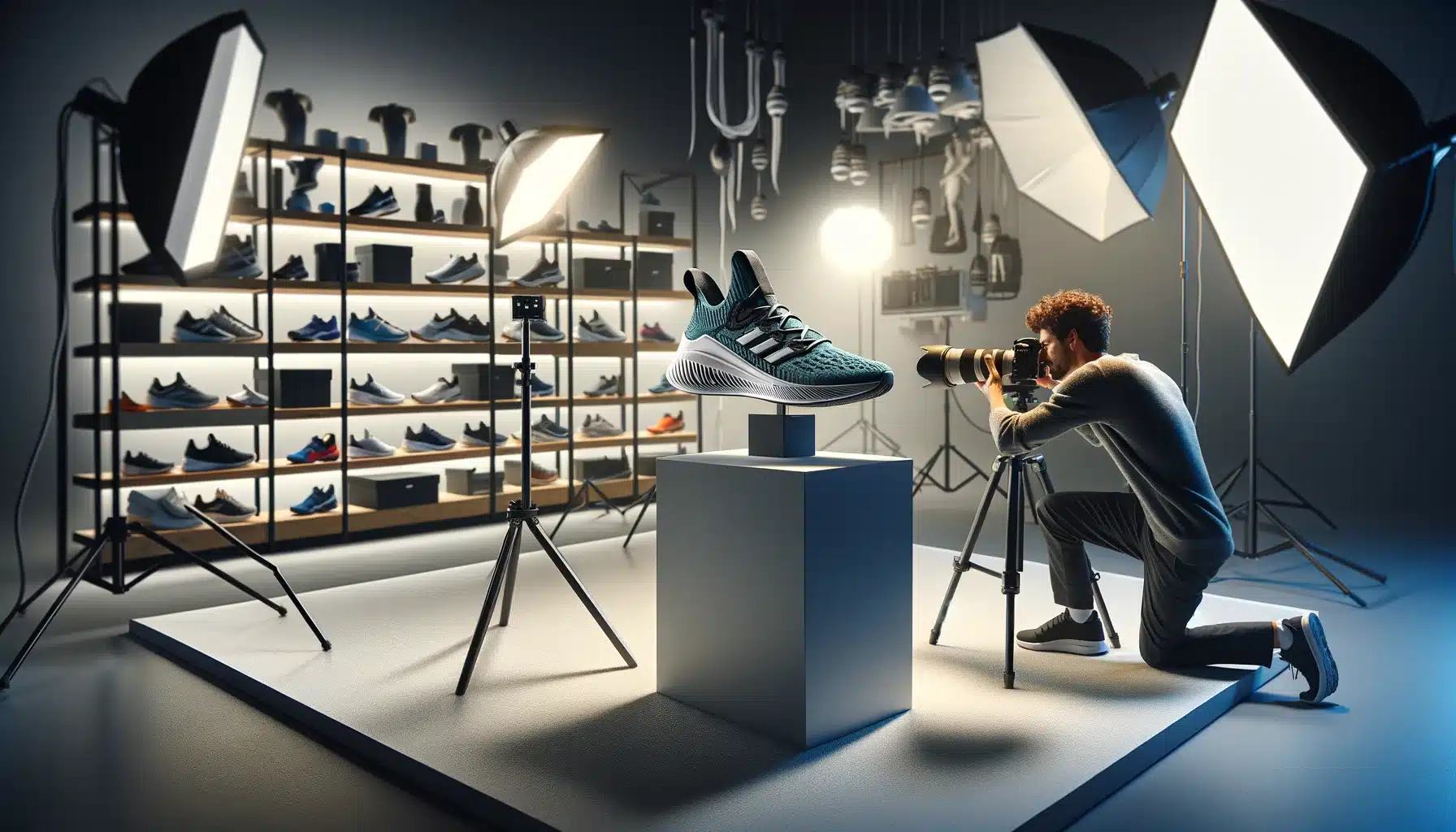
When learning how to do sports photography, having the right equipment is as crucial as the camera itself. Here’s a detailed list of must-have gear to get you started:
- Telephoto Lens: Essential for capturing close-up action from a distance. Look for lenses with a focal length of at least 200mm. Telephoto lenses allow you to capture clear images of distant subjects, making them perfect for sports like football or track where you might not be able to get close to the action.
- Monopod: Provides stability for long lenses without the bulk of a tripod, making it easier to move around and adjust positions quickly. A monopod is invaluable in crowded sports events where space is limited and flexibility is required.
- High-Speed Memory Cards: Necessary to handle high-resolution images and burst shooting without lag. Make sure your memory cards have a fast write speed to keep up with the continuous shooting mode of your camera, ensuring you never miss a crucial moment.
- Extra Batteries: Always have spare charged batteries, especially for long games or all-day events. This prevents the frustration of your camera dying in the middle of an exciting moment and helps you stay focused on shooting.
- Camera Bag: A durable bag will protect your equipment and make it easy to carry everything you need for a shoot. Choose a bag with padded compartments to safeguard your gear and enough space to organize various accessories.
- Lens Hood: Helps reduce lens flare during outdoor shoots and protects the lens from incidental contact. This simple accessory can improve the quality of your photos by preventing stray light from spoiling your images and adding extra protection against bumps.
- Rain Cover: Essential for shooting in unpredictable weather, ensuring your camera and lens stay dry. It allows you to continue shooting in rain or snow without risking damage to your equipment.
Optimal Camera Settings for Sports Photography
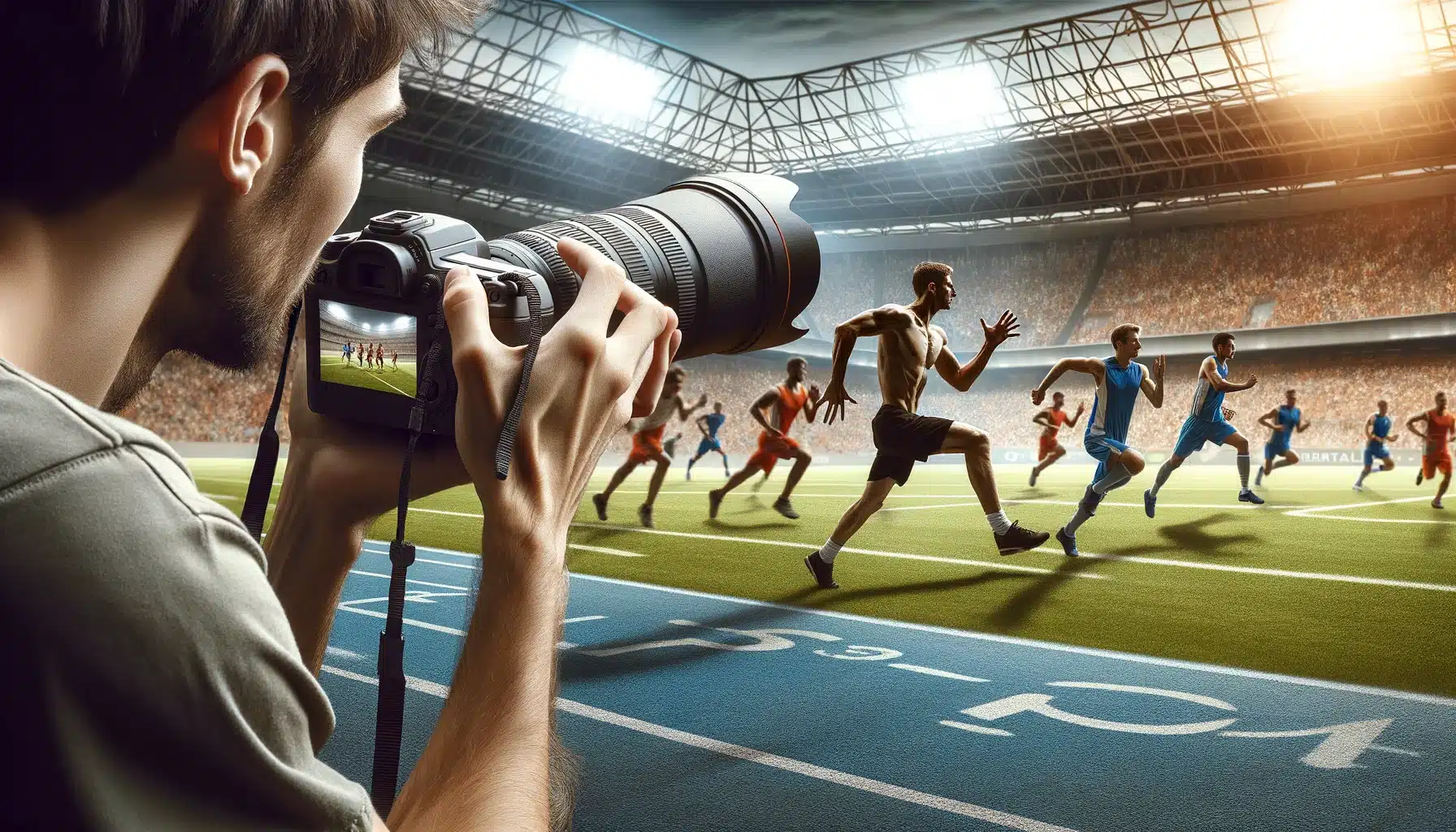
When figuring out how to do sports photography, mastering the camera settings is crucial. Here’s a simple table outlining optimal camera settings for various sports scenarios. This guide will help you adjust your camera for sharp, clear action shots, offering key sports photography tips for setting up your equipment.
| Setting | Typical Value | Purpose | Sport Example | Tip |
|---|---|---|---|---|
| Shutter Speed | 1/500s or faster | Freezes fast-moving action | Track and Field | Adjust higher for faster sports like racing |
| Aperture | f/2.8 to f/5.6 | Allows more light; sharpens the subject | Indoor basketball | Wider apertures in lower light |
| ISO | 400-3200 | Adjusts camera’s sensitivity to light | Evening football games | Increase ISO in lower light but watch for noise |
| Focus Mode | Continuous (AF-C) | Keeps moving subjects in focus | Soccer | Essential for tracking moving athletes |
| White Balance | Auto or custom | Ensures colors are accurate to the environment | Swimming pool | Customize for indoor lighting conditions |
These settings are a starting point and may need adjustments based on specific conditions at the sports event. Experimenting with these settings will help you get consistently good results, ensuring your sports photographs come out vibrant and dynamic.
Pro Tip: Learn these shutter speed secrets to enhance your Lightroom editing skills even further.
Mastering Shutter Speed, ISO, and Aperture in Sports Photography
Understanding Shutter Speed
Shutter speed is crucial for shooting sports photos because it affects how motion is captured. For sports, you typically need a fast shutter speed to freeze the action and avoid blurry images. Speeds of 1/500s or faster are common, but for very fast sports like motorsports, you might even go up to 1/2000s or more. The faster the subject, the faster the shutter speed needed.
Setting the Right ISO
ISO controls your camera’s sensitivity to light. Higher ISO settings are useful in low-light conditions but can introduce noise to your pictures. Start with an ISO of 400 for daytime events and increase it as needed for evening or indoor settings. The goal is to find the highest ISO that still produces clear, noise-free photos.
Adjusting Aperture
Aperture affects the depth of field and the amount of light entering your camera. In sports photography, using a wide aperture (low f-number, like f/2.8) helps keep the focus on the athlete by blurring the background and allowing more light, which is beneficial in fast-paced situations or dim lighting. This balance of depth of field and light intake is a key aspect of any sports photography guide.
These settings—shutter speed, ISO, and aperture—are the pillars of how to do sports photography effectively. By mastering these, you can adapt to any sports environment, ensuring your photos capture the intensity and emotion of the moment perfectly. Adjusting these settings according to the sport and lighting conditions will enhance your capability to deliver striking sports imagery.

FAQs on Sports Photography
How do I start sports photography?
To start sports photography, the best time is now! First, check out some basic sports photography tips and invest in a suitable camera. Beginners should consider cameras that are affordable yet effective for sports photos, which you can often find on Amazon. Spend time understanding the settings and features of your camera, and practice as much as you can.
What is the best setting for sports photography?
The best settings for sport photography often depend on the sport and lighting conditions. Generally, you want to use a fast shutter speed, a reasonable ISO, and a wide aperture. Check various sports photography tips online to see what experienced photographers recommend. Always experiment with your camera settings during different times of the day and under various lighting conditions. Cameras that offer flexible settings can be found on Amazon.
Is sports photography difficult?
Yes, sports photography can be challenging but rewarding. It takes time to master capturing fast-moving subjects clearly. The best tip for beginners is to practice as often as possible and check out various sports photography tips from professional photographers. Learning the best times to shoot and the best camera settings can significantly enhance your shots. You can find many helpful resources and suitable cameras for sports photography on Amazon.
How do you make sports pictures?
Making sports pictures that stand out requires practice and understanding what makes a good sport shot. Check professional photographers’ work for inspiration. Use a camera that allows quick adjustments and offers a high burst rate, which are best for capturing fast action. You can buy recommended cameras on sites like Amazon. Remember, timing and positioning are everything in sports photography.
Conclusion
As someone who has delved deeply into the world of sports photography, I’ve experienced firsthand the thrill of capturing that perfect, high-energy moment. Just last week, while applying the techniques discussed in this guide, I managed to photograph a stunning mid-air catch at a local football game. The right settings on my camera, combined with the insights I’ve gained from studying professional work, allowed me to freeze this dynamic action in perfect clarity.
If you’re eager to enhance your skills and learn how to do sports photography like a pro, I highly recommend exploring our comprehensive courses. Whether you’re looking to master Adobe Photoshop Couse or Lightroom Course, our tailored tutorials provide all the tools you need to elevate your sports photographs. Let’s turn your passion for sports into captivating artwork!
Have a nice photoshoot!


